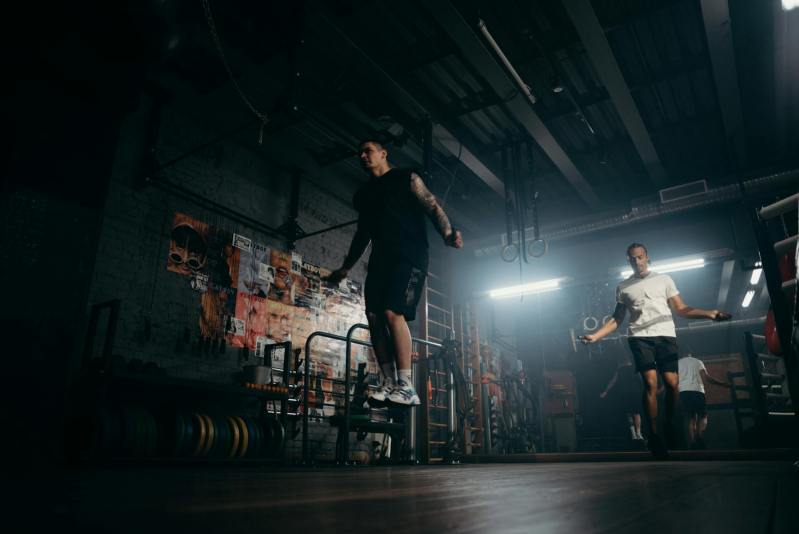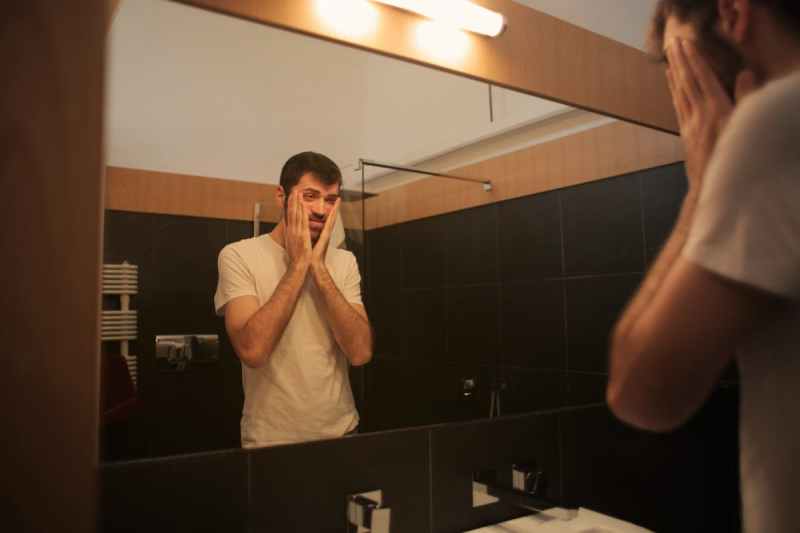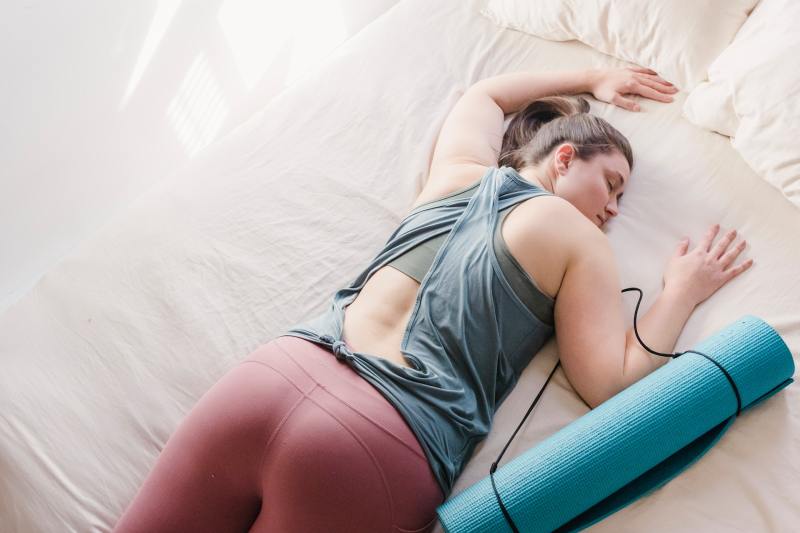TikTok trends and fitness fads come and go, and some linger more than others. The 75-hard Challenge has been around for a while, and recently, it’s resurgent on TikTok, with TikTokers everywhere proudly sharing clips accomplishing this challenge. It’s more of a workout method that might be too difficult for many people to stick to, especially long-term. Let’s look at what the 75-hard Challenge is, along with the pros and cons.
What is the 75-hard Challenge?

The 75-hard Challenge is a strict 75-day lifestyle program first introduced in 2019 by podcaster and entrepreneur Andy Frisella. For 75 days, you have to complete five critical daily tasks involving a rigid nutrition plan, sharpening your mental fortitude, and exercising twice a day. If you miss or don’t completely finish one task, the clock restarts to day one, and you have to start all over again.
The idea is to push you out of your comfort zone and encourage you to make lasting improvements in your outlook, body, and mind. Advocates are singing the praises of this strict challenge and sharing how it’s changed their lives. On the contrary, others call it ‘just another fad’ and raise concerns about the program’s rigidity.
What are the rules?

There are no rest days, substitutions, or cheat days, which are some pretty strict rules to follow if you’re up to the challenge.
Every day for 75 days, you have to complete these five tasks:
Nutrition and zero alcohol

You have to refrain from drinking any alcohol for the entire 75 days, and you also have to stick to a specific diet plan. You can choose any trending or healthy diet plan or eating style, including:
- Keto
- The Mediterranean diet
- Vegan
- Paleo
- Flexitarean
- DASH diet
- The Whole30 diet
- The pegan diet
If you sip alcohol or give in to a cheat meal, you have to start all over again.
Two 45-minute workouts

You have to complete two 45-minute workouts, and one of those must be outside. You can choose from different types of exercises as long as you stick to those rules.
Drink one gallon of water

Staying hydrated is always important, especially when you’re powering through two rounds of exercise every day. The 75-hard Challenge involves drinking one gallon of water every day. The goal is to switch out your other
Read 10 pages of a personal development-focused book

Self-improvement podcasts, summits, conventions, and books are more popular these days, which shows a positive shift as more people are interested in bettering themselves. For the 75-hard Challenge, you have to read 10 pages of a non-fiction, self-development book every day.
Take a progress picture

Take a daily picture to keep track of your progress over time.
The pros and cons

Many fitness experts and health professionals question if this type of rigid program is healthy or if there are more detrimental effects to consider. Let’s look at the pros and cons.
Pros

Here are some of the pros:
- Ditching alcohol is beneficial for your health and encourages you to have fun in other ways.
- Daily pics allow you to zoom in on your progress and the minor changes over time.
- Depending on the diet, vowing to improve your nutrition is beneficial and makes you stop and think about what you’re eating and how you’re fueling your body.
- Most people don’t drink enough water, and if you’re sticking to the two 45-minute workout sessions every day, you’ll need to stay hydrated.
- You’ll get the benefits of exercise as you stay dedicated to your new workout plan, including improving your blood pressure, fitness, heart health, and mood.
- Self-improvement books can be positive and could help you consider important aspects of your life that you haven’t made enough time to think about.
Cons

Here are some of the potential downsides or concerns:
- This strict program might be too time-consuming or overwhelming for some people.
- For people with certain chronic medical conditions, the rigidity of the challenge may not be suitable.
- Exercising twice a day every day is too much for many people.
- The benefits of rest days are widely known, and some fitness experts raise concerns about the lack of rest days and how it could push you to burnout.
- Taking a daily progress picture might cause some people to hyperfocus on their body image every single day, which could increase the risk of eating disorders, body dysmorphic disorders, and low self-esteem.
- It’s a lot to remember and stay committed to for the forgetful and busy types.
While the five tasks, like drinking more water and exercising, are healthy practices overall, when they’re put together in such a strict program, it may not be safe and accessible for everyone.




